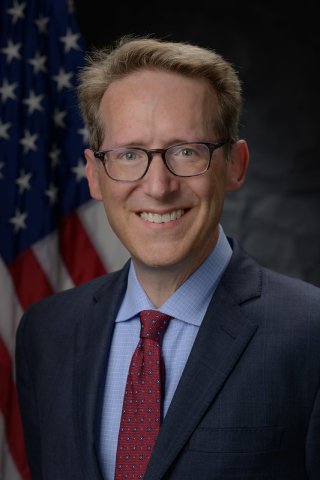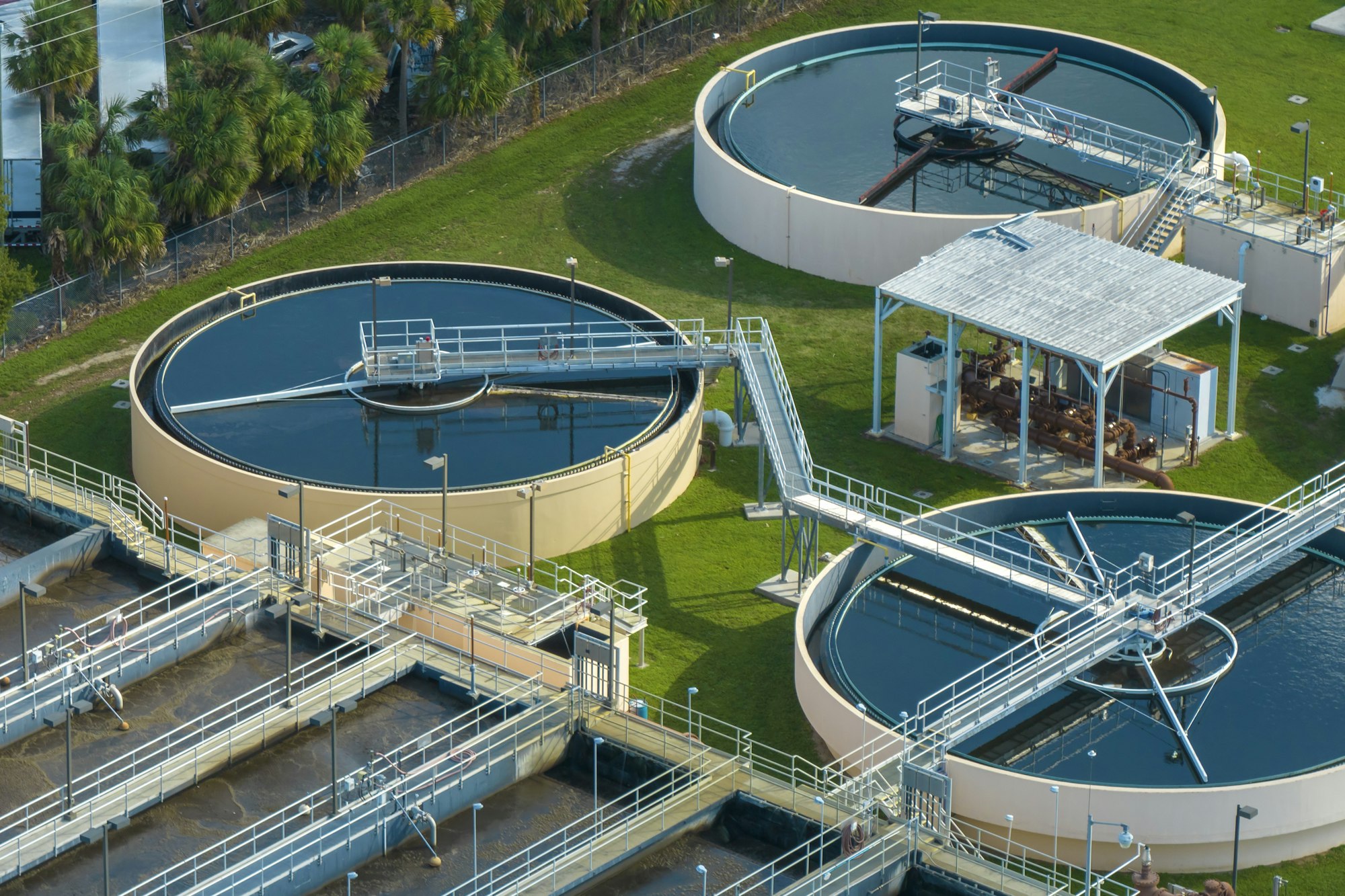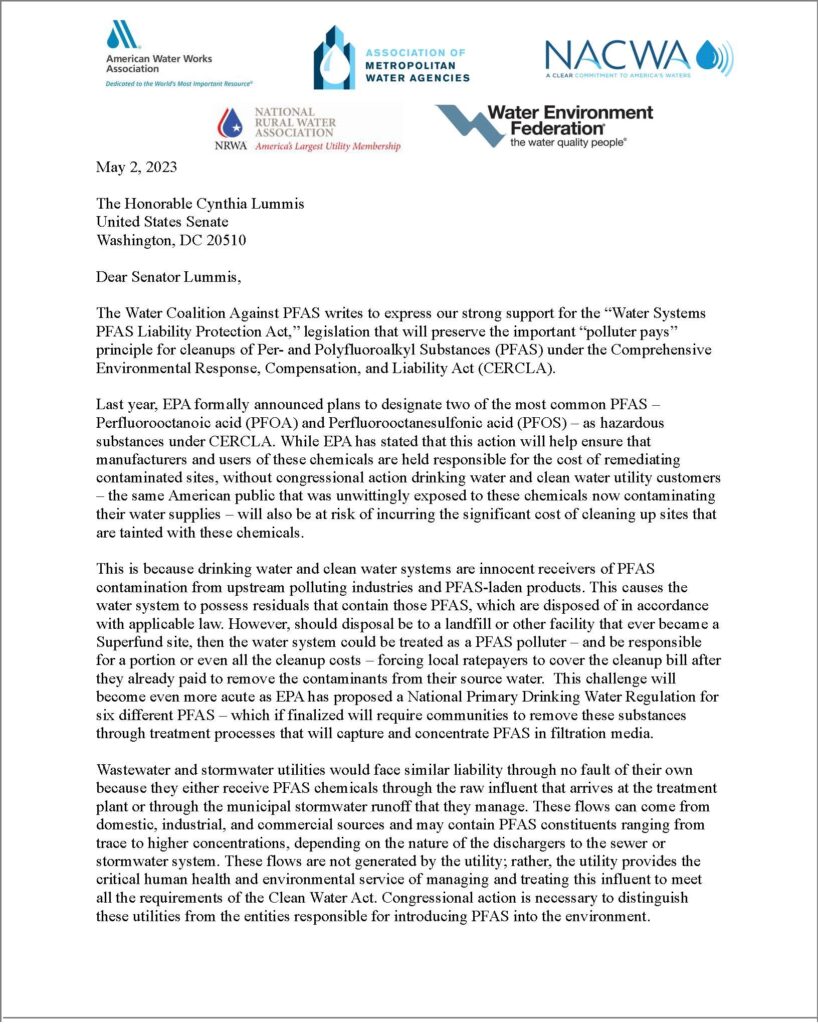Wastewater Visibility News
The Challenges of PFAS Contamination: Navigating the Current State of Water and Wastewater
Update on per- and polyfluoroalkyl substances PFAS contamination and America’s water and wastewater systems.
In recent years, the issue of per- and polyfluoroalkyl substances (PFAS) contamination has become a major concern for water and wastewater utilities across the United States. PFAS, often called “forever chemicals” due to their persistence in the environment, have raised alarm bells for their potential health risks and the challenges they pose to the water and wastewater sectors. The confluence of EPA rulemaking, legislation at federal and state levels, and ongoing litigation for PFAS contamination has made for a dizzying whirlwind of information for utility directors striving to remain current on the issue.
In this Wastewater Visibility News post, we’ll explore the status of PFAS in the water and wastewater sector and shed light on recent developments shaping the industry’s response. Our goal is to provide a brief, intelligent, and practical guide for utility professionals distilling the current “need to know” information.
EPA’s Efforts to Designate PFAS as a CERCLA Substance
One of the most significant developments in the fight against PFAS contamination is the Environmental Protection Agency’s (EPA) ongoing efforts to designate PFAS as a Comprehensive Environmental Response, Compensation, and Liability Act (CERCLA) hazardous substance. This designation has the potential to be highly impactful, as it could significantly affect the water and wastewater sectors, and especially the biosolids management industry, since PFAS accumulates in the biosolids of wastewater treatment facilities.

David Uhlmann, the newly appointed Assistant Administrator of EPA’s Office of Enforcement and Compliance Assurance, has emphasized the importance of addressing exposure to PFAS. In his FY 2024 – 2027 National Enforcement and Compliance Initiatives memo, he ranked mitigating climate change as the top priority and addressing exposure to PFAS as the second priority.
Acknowledging PFAS as one of the agency’s top two priorities underscores the seriousness with which the EPA is approaching the PFAS issue. In this letter, Uhlmann reaffirms his commitment to use EPA discretion when pursuing enforcement actions under CERCLA that would avoid enforcement against the water sector, stating, “OECA does not intend to pursue entities where equitable factors do not support CERCLA responsibility, such as farmers, water utilities, airports, or local fire departments, much as OECA exercises CERCLA enforcement discretion in other areas.”
However, many utility professionals are not comfortable with this promise and instead are opting for a legislative approach that would solidify an exemption for water and wastewater facilities. Thus, as EPA charges forward with designating PFAS as a CERCLA substance, a bill has been introduced in the legislature that would exempt water and wastewater facilities from CERCLA liability due to releases of PFAS. This bill is being endorsed by the leading water associations, including the Water Environment Federation (WEF), The American Waterworks Association (AWWA), The Association of Metropolitan Water Agencies (AMWA), The National Association of Clean Water Agencies (NACWA), and the National Rural Water Association (NRWA). And this action is not the only legislative attempt to shield the water and wastewater industries; other, similar bills are proceeding in parallel.
Read: Letter to the Honorable Cynthia Lummis, May 2, 2023.
PFAS Litigation and Utilities
One of the immediate challenges facing utilities dealing with PFAS contamination is the prospect of receiving 90-day settlement notice letters for litigation with 3M and DuPont as part of a multidistrict litigation process. The judge in that case recently preliminarily approved settlement agreements that could see over $13 billion paid into a pool to be distributed to thousands of water utility companies. Utility companies must now make a crucial decision: whether to opt-out of the settlement agreements and potentially pursue individual claims against 3M and/or DuPont, or opt-in to settle with the M and DuPont, accepting a calculated dollar amount.

Adam Sanders of Baker Donelson expanded on this at the National Association of Water Companies (NAWC) 2023 Summit in Atlanta, saying, “Many utilities will soon be receiving a letter notifying them of the settlement process and the 90-day opt out window. It is important for utilities, both public and private, to understand that agreeing to the settlement with 3M and DuPont means that they will give up the right to future lawsuits against those companies.”
However, making this decision is not straightforward. The key questions utilities face include what their likely PFAS mitigation costs are, what other sources of funds may be available to them in addition to settlement proceeds, how relevant regulatory authorities may regard their decision to opt in or opt out of the settlement, and how much they are likely to receive in the settlement.
To help utilities estimate potential settlement amounts, Adam referred to utilizing a PFAS calculator sheet available on the PFAS Water Settlement website. www.pfaswatersettlement.com/3m-court-documents/. This tool can assist utilities in making informed decisions as they navigate the complexities of PFAS contamination and its financial implications. If utilities have questions about whether and how to file claims for settlement proceeds, it is vital that they speak with their legal counsel quickly.
Conclusion
The presence of PFAS in water and wastewater systems continues to be a pressing issue for communities and utilities. The industry is at a critical juncture, with the EPA actively working toward designating PFAS as a CERCLA substance and the potential for settlements with 3M or other companies. Utilities must remain vigilant, stay informed, and utilize available resources to address PFAS contamination effectively.
Moving forward, the water and wastewater sectors will need to adapt and innovate to meet the challenges posed by PFAS. Collaboration between regulatory agencies, utilities, and technology providers will be essential in developing sustainable solutions to protect public health and the environment.
Stay tuned for further updates as we collectively work towards a cleaner, safer future for water and wastewater management.
This article was co-authored by Adam Sanders, Shareholder Baker Donelson, and Megan Ross, Vice President, SediVision.
Download Adam Sanders bio in PDF format.
Related articles on Wastewater Visibility News:
North Carolina Wastewater Project Funding: $223M Approved, More Available

Author Notes
Adam Sanders, J.D., Shareholder, Baker Donelson’s Chattanooga Office
More Recent Posts

105.668 Gallons of Wastewater to be Reused Daily in the Manufacture of Semiconductors

First-Ever National Drinking Water Standard to Protect 100M People from PFAS Pollution

Are Your Wastewater Tanks Consuming Excess Energy Due to Sand and Grit? Emerging Technology Can Help You Find Out

Happy Easter
Subscribe
Get news delivered straight to your inbox the day it gets published."*" indicates required fields

